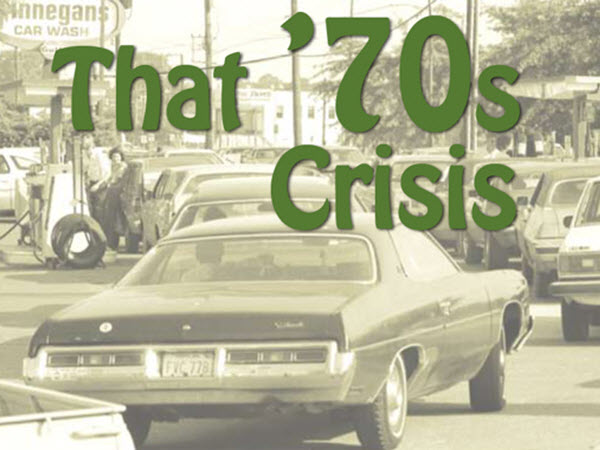
Ever since gold’s correction from August’s high, market participants have been watching closely as to whether we will bear witness to a similar scenario to the one between 1971 and 1980. Back then, economic conditions eerily mimicked what seems to be on the horizon today: a stagflation environment propelled by low growth, rising prices and excessive interest rates.
That bout of stagflation came, most would agree, as the result of the U.S. dollar being untethered from gold. The metal subsequently jumped from its $35 tether valuation to $200, corrected to $100 and then soared far above to reach $850 within a few years’ time. What might we guess, based on this historic pattern?
Today there’s no tether-based gold valuation. Recent calls for a return to a gold standard or a similar tangible backing of the dollar from various corners have very much driven that point across.
The Federal Reserve maintains inflation is running well below its stated annual target of “around 2% on average,” and that they know this because their measurements are accurate. We are forced to wonder how that’s possible, given the historic amount of money printing. Even such a luminary as former U.S. Treasury Secretary Lawrence Summers fears the nation could be facing its biggest inflationary problem in 40 years.
Wealth preservation and inflation concerns
Reports from various government mints show that precious metals purchases have maintained their record-shattering pace over the past few months ‑ regardless of fluctuations in price. In other words, buyers seem very much concerned about long-term wealth preservation and aren’t deterred by momentary corrections.
And it appears they have every right to be.
With the debt bubble ballooning and government deficit perpetually increasing, many wonder how and when the Fed will choose to address these issues. In the absence of a debt default (which is viewed as highly unlikely), the remaining options boil down to spending cuts, tax increases or allowing inflation to run its course.
Spending cuts mean austerity, less services for taxpayers, less money for special interests. That’s simply not a politically tenable path.
Tax increases could raise funds for federal coffers. On the other hand, taxing the wealthy all too often results in nothing more than emigration to more wealth-friendly nations. To raise taxes on a thing is to risk driving it away.
That leaves us with inflation, which seems to be the Fed’s favored option. And it is almost certainly already underway.
Inflation destroys debts
The Fed’s comments indicate the official sector has braced for a public response over claims they wouldn’t oppose inflation running past the desired target. Given how the Fed measures inflation, it seems citizens are especially vulnerable to being caught by it off-guard in the form of a sudden spike in consumer prices.
On this topic, Indonesia’s 30% increase in tofu prices since December, Russia’s 60% rise in sugar prices over the last year and a 20% spike in grain prices are worrying examples of how consumer goods can shoot up both suddenly and unevenly.
The market response to a high-inflation environment is fairly well laid-out. An initial boost of the stock and real estate sectors is followed by erosion of purchasing power, together with excessive monetary demand, a loss of confidence in fiat currencies and an ongoing increase in money printing.
Look familiar? Initial boost in stock and real estate? Check. Erosion of purchasing power? See food inflation data above (or recent stories about manufacturing concerns over steel or lumber prices). Excessive monetary demand? Yes in capitals; businesses are issuing new debt at a record page. Might the boom in bitcoin and other digital currencies have something to do with the loss of confidence in money backed by nothing but faith? Increased money printing: yes, again at record levels.
What does the future hold?
It should come as no surprise that the public have flocked to precious metals, with the latest social-media driven rush to silver being perhaps the first of many warnings.
When inflation does hit in such a way that not even distorted CPI can disguise it, the small subset of the public who have invested in gold and silver have managed to preserve the majority of their wealth. The rest scrambled to secure any sort of hard asset with their rapidly-depreciating currency.

Leave a Reply